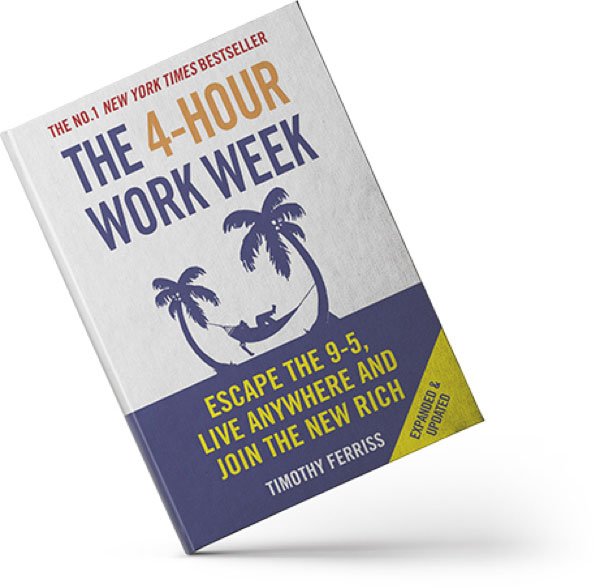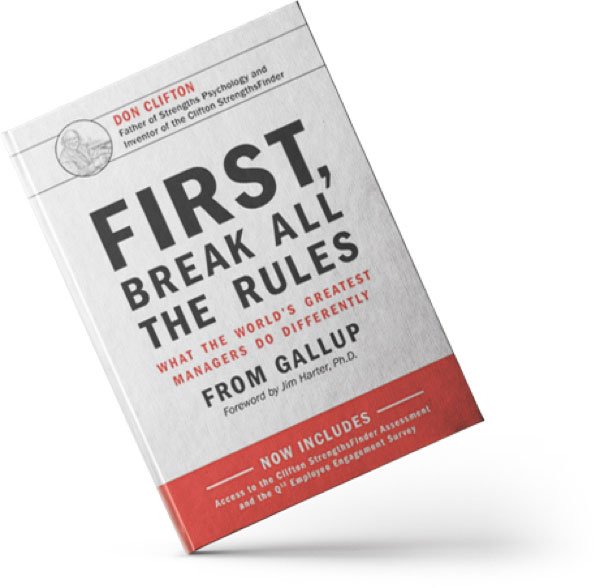‘Hybrid working’ isn’t a term many would have used, or even heard of, pre-2020. Now, it’s everywhere.
Before the pandemic, most employees worked at a set location every day, usually an office, with business trips providing a timely escape. Working from home was the exception. A rarity, in most cases. But now, things couldn’t be more different.
As a result, employers have been trying to manage (and indeed exceed) employee expectations around where they can work, whether that be inside or outside of the UK, and also, how long for.
Cue a number of employment tax consequences and plenty of food for thought – not least for the Government.
OUT OF TOUCH TAX RULES
The UK tax travel rules haven’t kept up with the times. They no longer clearly reflect the way people work. So, it was interesting to read the Office of Tax Simplifications (OTS) recommendations on how the Government can bring the UK tax travel rules more in line to modern practices.
The OTS is an organisation that gives independent advice to the Government on how to simplify the UK tax system. They released their final report on ‘Hybrid and Distance Working’ in December 2022, which isn’t a typo, and feels a little… late?
Their report includes recommendations to make the current UK travel tax rules relevant to modern ways of working, and this article summarises some of their key findings and suggestions.
They include:
- Revising the UK tax travel rules – Particularly around travel expenses, home workers, and permanent and temporary workplaces. Revising these rules would ensure the tax travel rules are up to date and not based on historical ways of working.
- 10 – 30 days overseas – Most large employers were willing to accommodate employees working overseas for 10 – 30 days a year. The take up was minimal. But, it’s expected to grow.
- Permanent Establishment Risk – Employers are still concerned about the permanent establishment risk associated with such requests. A pragmatic approach may be a clear easement on how long employees can work overseas.
- Compliance Pressure – The increase of cross-border working was seen as putting pressure on HMRC’s ability to process payroll compliance.
- More Comprehensive (Employee & Employer) Guidance – HMRC guidance that brings together all the different considerations when individuals are working remotely abroad, either short-term or longer-term, for employees and employers, would be well-received. Currently, the guidance around this is quite legislative and not easy for employers or employees to understand.
The report provides a good summary of the UK tax travel rules and how they may be tweaked to bring them up to speed. If you’d like to read the whole thing, you can find it here.




















